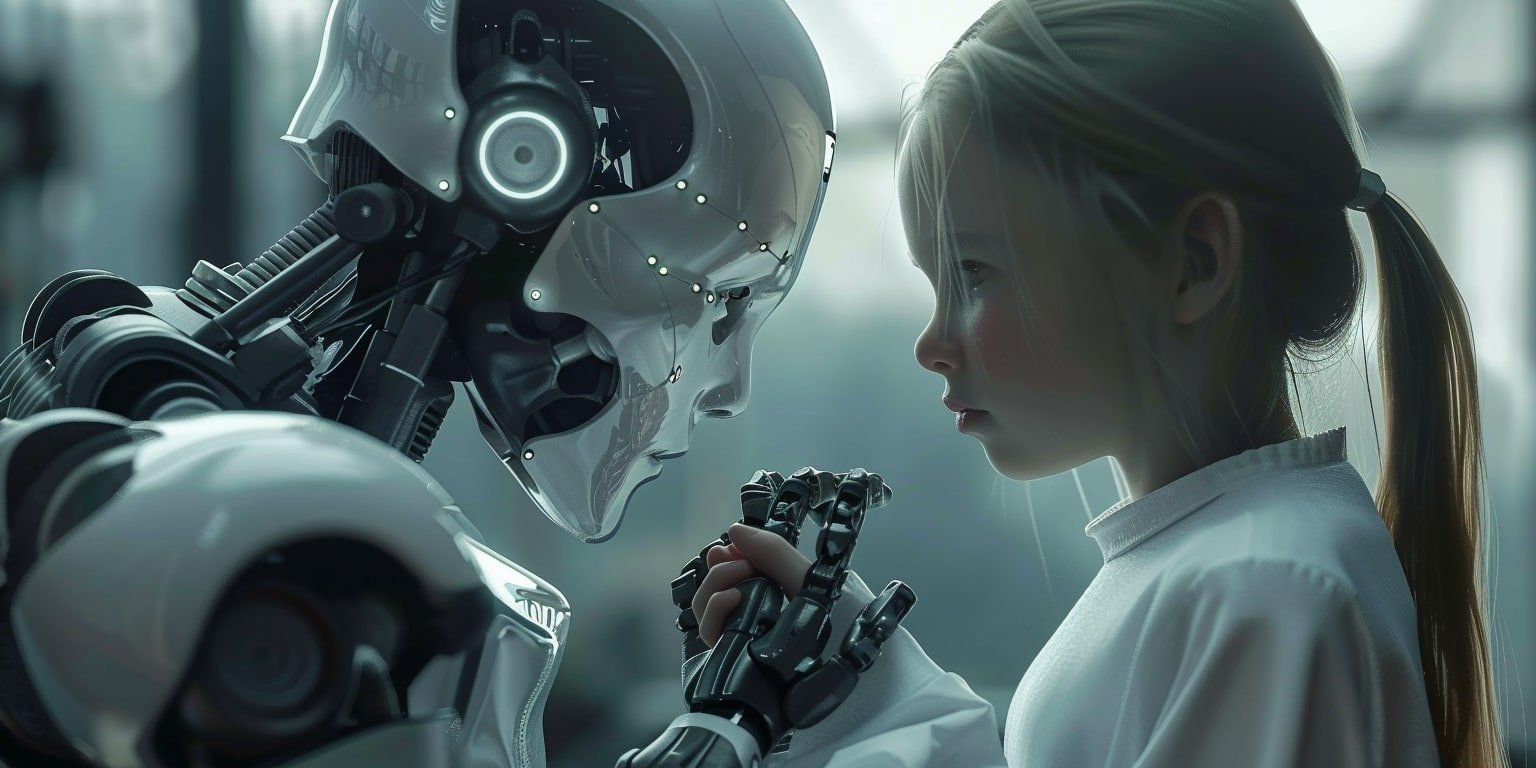Can humans and AI coexist?
Humans and AI can coexist, and in many ways, this coexistence is already happening. The relationship between humans and AI involves both opportunities and challenges, fostering a dynamic that can be shaped positively with careful management and foresight. Here are several key aspects of this coexistence:
Collaboration and Enhancement
Complementary Abilities: AI systems can process and analyze data at speeds and scales beyond human capability, while humans excel at creativity, empathy, and ethical judgment. This synergy can lead to enhanced decision-making and innovation.
Augmentation: AI technologies can augment human abilities, assisting in areas ranging from medicine, where AI helps with diagnosis and personalized treatment plans, to education, where it can offer personalized learning experiences.
Economic and Social Impacts
Job Transformation: AI will inevitably change the job market, automating routine tasks but also creating new roles and opportunities, especially in AI oversight, ethics, and development. The key will be ensuring a workforce transition that is as smooth as possible, with education and training programs.
Social Benefits: AI has the potential to address complex societal challenges, such as improving healthcare outcomes, enhancing accessibility for people with disabilities, and contributing to solving climate change issues.
Ethical and Governance Considerations
Ethical AI Use: The ethical use of AI involves ensuring fairness, privacy, and transparency in AI systems, requiring ongoing dialogue among technologists, policymakers, and the public.
Global Governance: Developing international norms and agreements on the use of AI technologies can help manage risks and ensure benefits are widely shared.
Challenges and Risks
Bias and Discrimination: AI systems can perpetuate or even exacerbate biases present in their training data, requiring vigilant efforts to ensure fairness and inclusivity.
Security Risks: AI systems can be vulnerable to hacking and misuse, including the creation of deepfakes and autonomous weapons, posing significant security challenges.
The coexistence of humans and AI is not just inevitable; it's already a reality. The focus now is on shaping this coexistence in a way that maximizes benefits and minimizes risks. This involves collaborative efforts across various sectors and disciplines, aiming for a future where AI enhances human capabilities and contributes to the well-being of society as a whole. As this relationship evolves, continuous assessment and adaptation will be crucial to address emerging challenges and opportunities.
What should humans who lose income due to the increased usage of AI do?
The increased usage of AI and automation does pose significant challenges for the workforce, particularly for those whose jobs are susceptible to automation. Here are some strategies for individuals who may lose income due to the rise of AI:
1. Reskilling and Upskilling
Invest in Education: Embrace lifelong learning by acquiring new skills that are in demand. This can involve formal education or online courses in areas less likely to be automated, such as creative industries, technology, healthcare, and services requiring a high degree of human interaction.
Tech Literacy: Gain a basic understanding of AI and technology. Even if not working directly in tech, understanding the basics can be beneficial in a wide range of jobs.
2. Career Transition
Identify Growth Industries: Look for roles in industries that are expected to grow due to AI and technology advancements. Healthcare, renewable energy, and tech sectors are often cited as areas with potential job growth.
Leverage Transferable Skills: Assess skills that can be transferred to another job or industry. Many skills, such as problem-solving, communication, and project management, are valuable across various fields.
3. Entrepreneurship
Innovate: Use the shift as an opportunity to start a new business. Innovations in AI and technology create new niches and opportunities for entrepreneurship.
Consultancy: Those with extensive experience in their field might offer their expertise as consultants, helping companies navigate the transition to more automated processes.
4. Advocacy and Support
Engage with Policy Makers: Support and advocate for policies that protect workers, such as universal basic income, retraining subsidies, and transitional support for those affected by automation.
Community Support: Join or form community groups focused on mutual support and networking. These groups can provide valuable resources, contacts, and moral support during transitions.
5. Mindset and Adaptability
Adaptive Mindset: Cultivate a mindset that is open to change and sees challenges as opportunities for growth.
Flexibility: Be open to relocating, changing industries, or adjusting lifestyle as necessary to adapt to the changing job market.
6. Financial Planning
Savings and Investments: Build a financial buffer to navigate periods of transition. Consider diversifying income sources, such as investing in stocks or real estate, to reduce reliance on a single income source.
The displacement of jobs due to AI and automation is a significant challenge, but it also opens opportunities for individuals willing to adapt and grow. Emphasizing lifelong learning, adaptability, and the pursuit of sectors less susceptible to automation can help mitigate the risks associated with job displacement. Additionally, societal and policy measures will be crucial in supporting those impacted by these technological changes.

